
Makes mealtimes fun
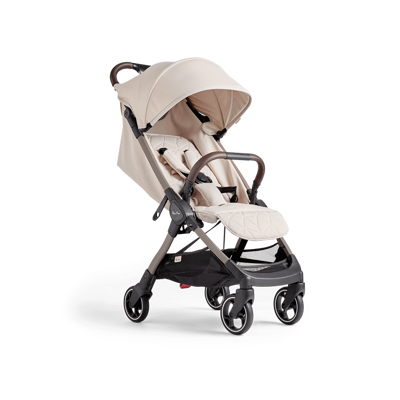
For everyday strolls with a one hand fold

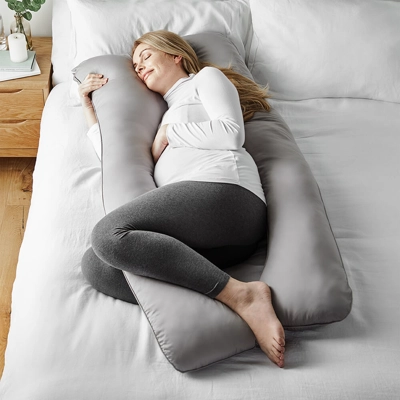
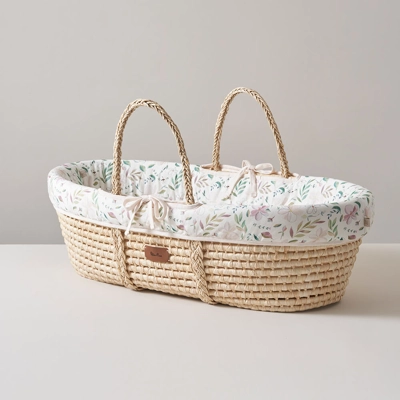
Add Muslin Swaddles worth £45 for FREE!
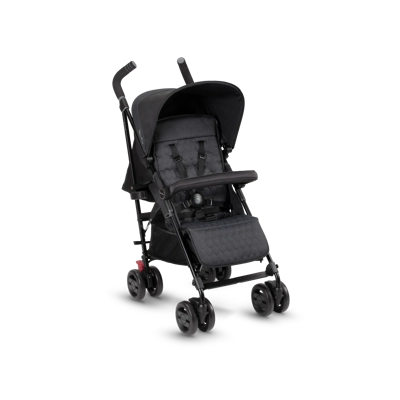
Suitable from newborn to toddler, Pop is the ultimate everyday pushchair offering a smooth and comfortable ride for baby and added peace-of-mind for parents.
The place for parents to be
Min read
Min read
Min read
Min read
Min read
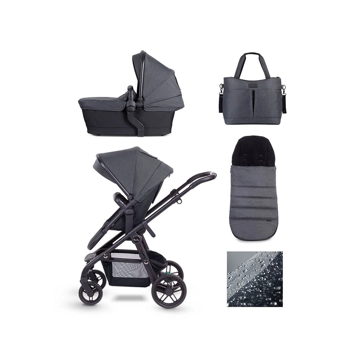
Coast is our cool and durable carrycot/pushchair travel system which features stylish detailing and premium marl fabrics. Coast is fully accessorised with a co-ordinating deeply padded footmuff and super practical pram bag.
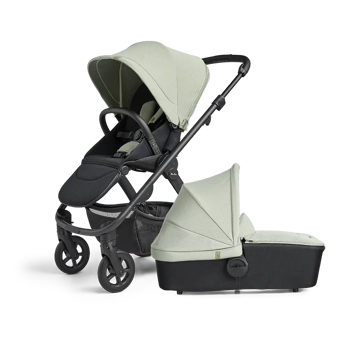
Tide is our new multi-terrain pushchair with an overnight sleeping approved carrycot, reversible multi-recline pushchair seat and effortless freestanding fold.
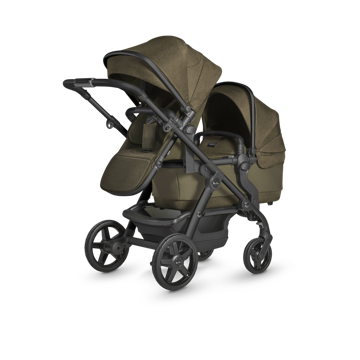
Introducing the all new Wave, our future-proof travel system that’s designed especially for growing families.
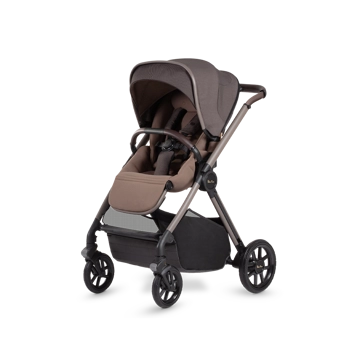
Suburban, stylish, sustainable – Reef is our multi-terrain travel system offering the ultimate in baby comfort no matter where your adventures take you.

Dune, our contemporary and compact urban travel system proves there’s no need to compromise when it comes to style and functionality.

Add an award-winning Dream i-Size Infant Carrier & Base with your Coast pushchair, designed for everyday strolls
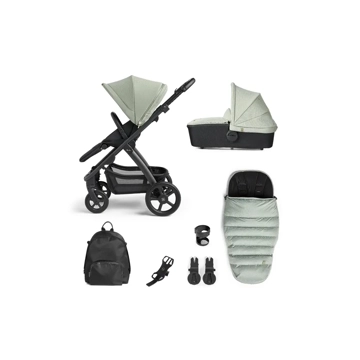
Our lightest, most compact multi-terrain pushchair, Tide is made for exploring. Includes Accessory pack with a changing rucksack, footmuff, phone holder and cup holder.

Our lightest, most compact multi-terrain pushchair, Tide is made for exploring. With 4-wheel suspens...

Our lightest, most compact multi-terrain pushchair, Tide is made for exploring. With 4-wheel suspens...

Everything you need with your Wave pram including Dream i-Size infant carrier & base, changing bag, footmuff, phone holder and snack tray
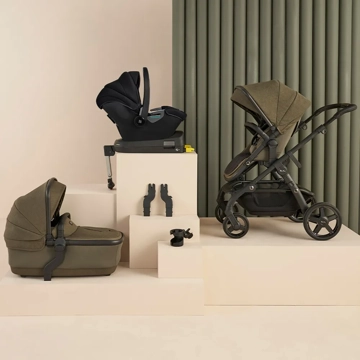
Turn your Wave pram into a Travel System with an award-winning Dream i-Size infant carrier
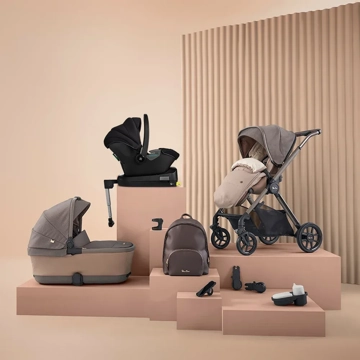
Everything you need with your Reef pram including a First Bed Folding Carrycot, Dream i-Size infant carrier, changing bag, footmuff, phone holder and snack tray

Reef, our multi-terrain travel system offering the ultimate in baby comfort no matter where your adventures take you with its freestanding fold, first bed folding carrycot and off road wheels with a travel pack
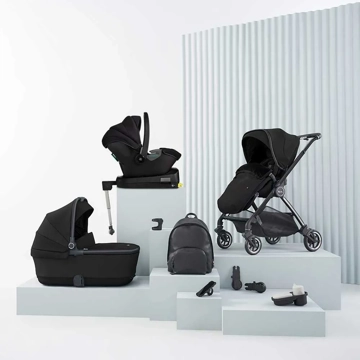
Everything you need with your Dune pram including a First Bed Folding Carrycot, Dream i-Size infant carrier, changing bag, footmuff, phone holder and snack tray
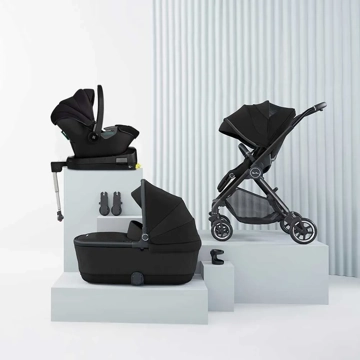
Combine your Dune pram with a Newborn Pod and an award-winning Dream i-Size infant carrier and Travel pack.
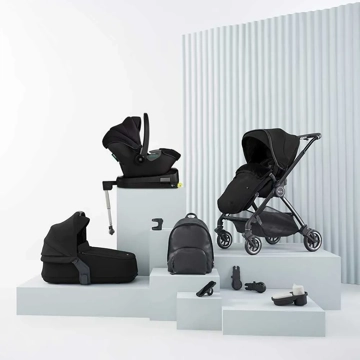
Everything you need with your Dune pram including a Compact Folding Carrycot, Dream i-Size infant carrier, changing bag, footmuff, phone holder and snack tray

Combine your Dune pram with a Compact Folding Carrycot and an award-winning Dream i-Size infant carrier
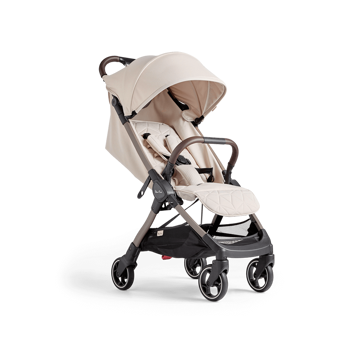
For everyday strolls with a one hand fold
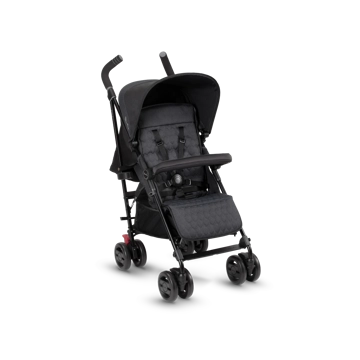
Suitable from newborn to toddler, Pop is the ultimate everyday pushchair offering a smooth and comfortable ride for baby and added peace-of-mind for parents.
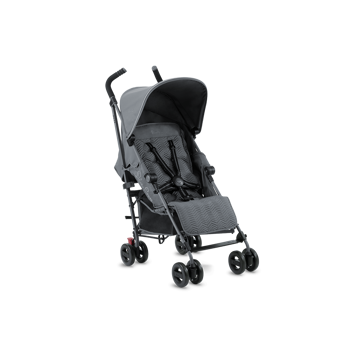
Upgrade your daily strolls with Zest, our everyday pushchair offering style and comfort for both parents and babies.
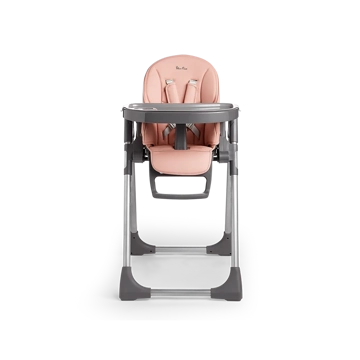
Makes mealtimes fun
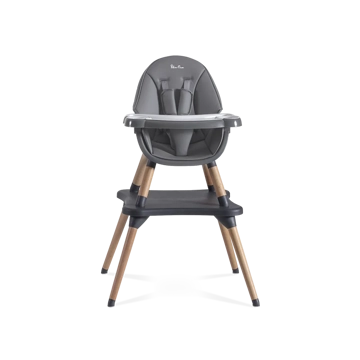
Eat&Play is the 4-in-1 highchair and play table that does it all. Transforming effortlessly from...
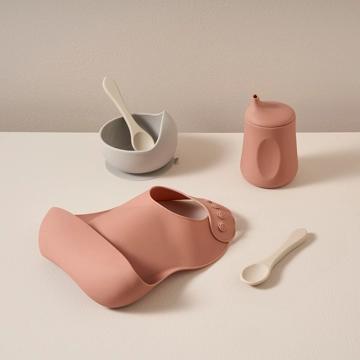
For snacking, weaning and playtime
Start you little one's weaning journey
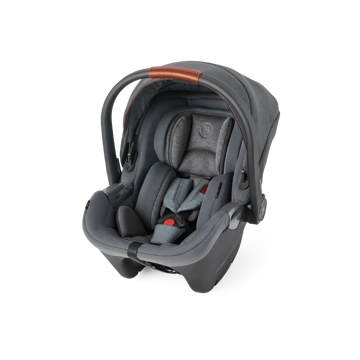
Awarded the safest infant carrier for your newborn by ADAC, when used with the Dream i-Size base
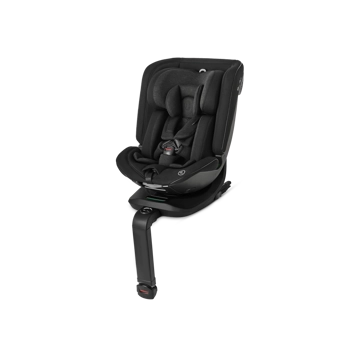
The only 360° rotating car seat you need, suitable from birth to approx. 12 years
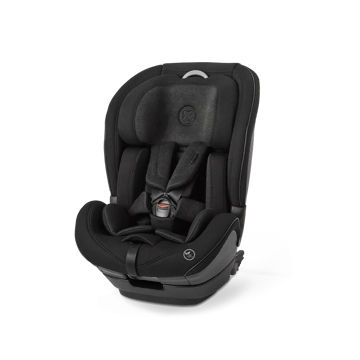
The multi-stage car seat, growing with your child from 15 months to approx. 12 years of age
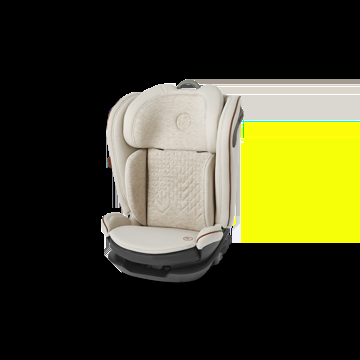
Our high-back booster seat from 4 to 12 years old, approved to the latest R129/03 safety standard
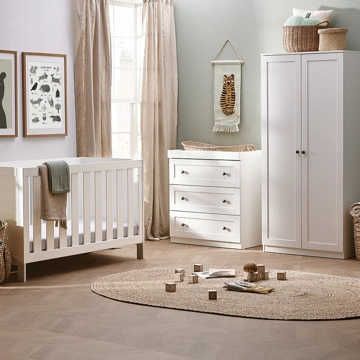
Simple and beautiful, the Bromley nursery furniture collection offers the perfect canvas for creatin...
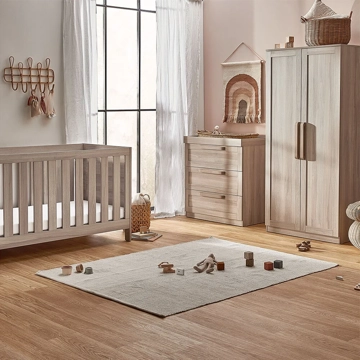
Create the best nursery for your little one to nap, play and grow with the Bromley Oak 3-piece nurse...

Special edition auto-folding super stroller.

Special edition 360° rotating, all stage car seat.
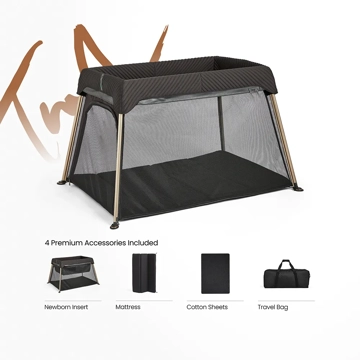
Special edition one-pop travel cot, co-sleeper and playpen.
For most new parents, the postpartum period brings mixed feelings and it can be an emotional roller coaster. It’s common for parents to find themselves constantly checking on their baby, especially with their first and everything being new.
Most babies are well and don’t need much input from healthcare professionals, but there are some illnesses and conditions that newborns (and parents) may have to contend with.
Note: This is not an extensive list or diagnostic tool. If at any time you are worried about your baby, trust your instinct and call your health provider or 111, or, if you feel it’s urgent, you can always take your baby to A&E or call 999.
Jaundice is common in newborn babies and often what we describe as physiological - meaning it’s part of the natural workings of the body. Jaundice occurs due to a build-up of bilirubin (a yellow substance) that is produced when red blood cells are broken down. This process is normal for babies as they have more red blood cells in the womb than they need ‘outside’.
The symptoms normally develop around two days, or more, after birth. Mild jaundice may not need treatment and once diagnosed should take around two weeks to get better. Jaundice is usually picked up in a routine check by your doctor or midwife. Premature babies are more likely to get jaundice when compared to term infants. Only 1 in 20 babies reach bilirubin levels high enough requiring treatment.
Signs and symptoms of mild jaundice:
If symptoms develop after you have been discharged from maternity services, you can still call your midwife or GP. It’s important to get an assessment as soon as possible.
Contact your GP or midwife immediately if…
Treatment:
After assessment by your midwife or GP, there may be a need for your baby to receive treatment in hospital. Although some trusts are now able to offer home treatment due to some fantastic technology. The two treatments available are:
Complications:
If your baby needs treatment and does not receive it, there is a risk of a more serious condition, known as kernicterus, developing – which could lead to brain damage. This is very rare in the UK and jaundice is usually picked up and treated very quickly without further complications.
"Jaundice is usually picked up in a routine check by your doctor or midwife."
Although awful for you and your baby, colic is not a serious condition and often self-resolves by around 12 weeks. It’s a bit of an umbrella term used for prolonged crying, most commonly in the evening. It’s thought that around 20-25% of newborns experience some degree of colic. It can start in the first few weeks and usually peaks at around six to eight weeks.
The cause is largely unknown, which can be very difficult for new parents. Experts do have different opinions on the causes, many believing an immature gut and trapped wind are to blame. Others believe it’s due to the development and exposure to so many stimuli. The womb remains a predictable, dark place, but life outside of the womb differs greatly.
Signs include:
If you think your baby has colic, speak to your GP, midwife or health visitor and discuss ideas on how to help calm your baby. As we still don’t know the exact cause of colic you may want to follow their advice and see what works or helps. Unfortunately, sometimes nothing seems to help and it’s a case of riding the storm – a big storm but it does come to an end eventually. Things to try:
As mentioned, despite trying all the above, you may be unlucky and find nothing works! It can be equally distressing for you and make you feel helpless. You’re doing an amazing job. Try to get breaks by asking your partner or friends and family to chip in with working through the episodes of colic. It can be physically and mentally exhausting, but it doesn’t last forever.
"It’s thought that around 20-25% of newborns experience some degree of colic."
It’s common for newborns to have some regurgitation after feeds. This is where small amounts of milk come back up after a feed. Holding your baby more upright for as long as possible after feeding can prevent milk from coming back up, alongside considering different feeding positions. In most cases, it will settle but some babies do have more severe reflux. Some of the signs are:
If ever you’re unsure always speak to your midwife or health visitor about any of these symptoms.
When to call 111 or ask for an urgent GP appointment:
"Holding your baby more upright for as long as possible after feeding can prevent milk from coming back up, alongside considering different feeding positions."
A common but harmless skin condition with the medical name, seborrheic dermatitis. It’s usually found on the scalp but can affect the face too. It’s not the most pleasant looking but isn’t painful or infectious. Usually cradle cap causes crusty, thick white or yellow scales that are not itchy. In most cases it will clear up within 12 months.
Treatment:

Marie Louise is an experienced Midwife, PTLLS adult educator and hypno-birthing teacher from the UK. She has travelled extensively to learn about midwifery in different cultures and has also practised in Australia. She runs ‘Modern Midwives Meetups’ which provide a safe space for midwives to share best practice and hear from experts in the maternity field. Marie Louise is a sought after expert and has most recently been invited to Parliament to discuss maternal mental health and maternity discrimination. She's also a communications partner for Child.Org, an equal opportunities charity for children and advises Cocoon Family Health, a perinatal mental health charity based in London.